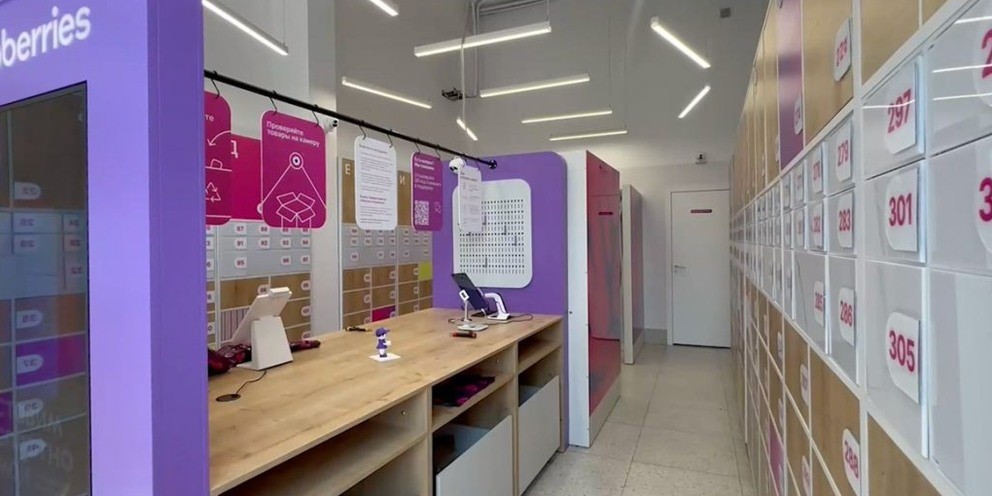At the annual Red Hat Summit 2025 technology summit, Red Hat announced a new version of its flagship enterprise operating system — Red Hat Enterprise Linux 10 (RHEL 10). The main features of the release were the integration of management functions based on artificial intelligence and the introduction of generative AI into the infrastructure platform.
The updated version of RHEL aims to simplify the management of the IT environment and improve operational efficiency in the increasingly complex digital infrastructure. The new AI-enabled functionality will help system administrators and engineers automate processes, optimize configurations, predict failures, and provide proactive support.
The presentation also featured a new development of the company — the AI Inference Server, focused on deploying and scaling AI applications at the enterprise level. At the same time, Red Hat has expanded the capabilities of the OpenShift Virtualization platform, providing organizations with more flexible tools for virtualization, containerization, and management of hybrid cloud environments.
According to the company's representatives, the innovations reflect the Company's strategy of actively supporting digital transformation processes and developing next-generation technologies. One of the priorities remains compliance with open standards and active interaction with the global developer community.
According to experts, the integration of generative AI into the Company's enterprise platform opens up new opportunities for IT departments to automate routine tasks, speed up data processing, and improve the user experience. This is especially true against the background of the growing need for efficient solutions for managing distributed IT infrastructure.
The company said that RHEL 10 will become an important stage in the development of corporate IT systems, combining reliability, scalability and intelligent technologies adapted to the challenges of modern business.











